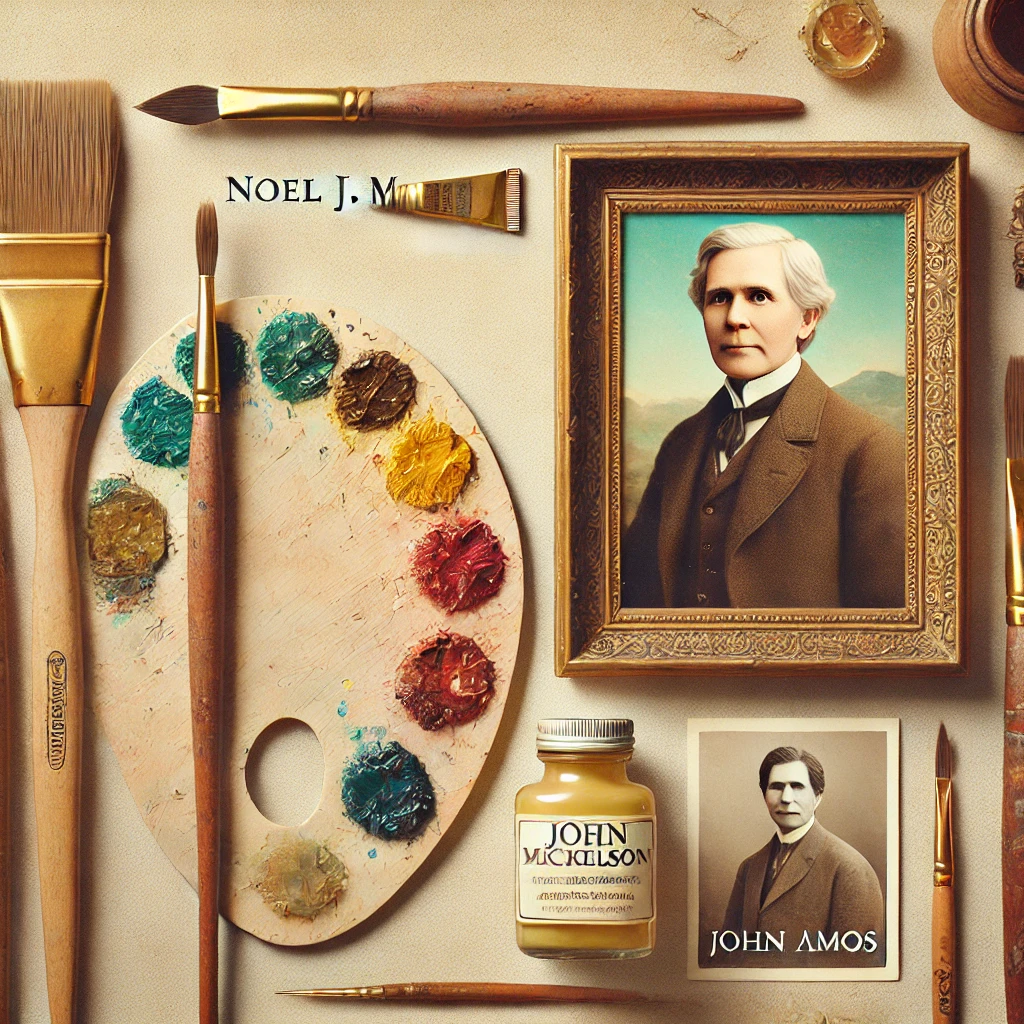Halo (2003) Game Icons Banners: A Visual Legacy in Gaming
The release of Halo: Combat Evolved in 2003 transformed the gaming landscape, setting new standards for storytelling, gameplay, and visual design. While the game is often remembered for its compelling plot and iconic characters, the Halo (2003) game icons banners played an essential role in shaping the game’s identity and setting it apart. These visual elements weren’t just for decoration; they contributed to the overall experience, creating an immersive environment that players still fondly remember. This article explores the history, significance, and impact of these visual assets, revealing why they remain a cherished part of gaming history.
1. Introduction to Halo (2003) Game Icons and Banners
When you think of Halo: Combat Evolved, the first images that come to mind might be the towering Halo ring, the menacing Covenant, or the iconic Master Chief. Yet, beneath the surface, the Halo (2003) game icons banners are integral components of the game’s legacy, enhancing the visual appeal and user experience. These elements went beyond just being static visuals; they helped set the game’s tone, provided important gameplay information, and established a recognizable visual identity that has stood the test of time.
2. Historical Context of Game Iconography
Before diving into the specifics of Halo, it’s important to understand the broader history of game iconography. In the early 2000s, the gaming industry was rapidly evolving, with visual elements like icons and banners playing an increasingly vital role in branding and user interface design. Unlike earlier video games, which often featured simple and static visuals, games like Halo started using visual assets strategically to evoke emotions, provide information, and guide players seamlessly through the game. The introduction of high-quality Halo (2003) game icons banners exemplified this shift toward more sophisticated and intentional visual design.
3. What Are Game Icons and Banners?
In gaming, icons are small, visual representations of elements such as characters, weapons, vehicles, or other objects. These symbols are essential for providing players with immediate information, whether it’s for navigating menus, selecting weapons, or recognizing threats. Banners, on the other hand, are larger visual elements used to set the scene, showcase branding, or provide thematic context. In Halo (2003), the game icons were used across various interfaces, while the banners decorated the menus, loading screens, and promotional materials, effectively setting the mood for the game.
4. The Role of Icons and Banners in Halo’s User Interface (UI)
The Halo (2003) game icons banners were integral to the game’s user interface (UI), enhancing the player’s experience by offering both functional and aesthetic value. The icons provided a quick reference for players, such as indicating the type of weapon equipped or representing health and armor levels. The banners served as thematic elements that defined the atmosphere, appearing in menus, loading screens, and background visuals, further immersing players in the game’s sci-fi world. These assets allowed players to focus on the game without needing to sift through complex menus, thereby creating a smoother and more engaging experience.
5. Design Philosophy Behind Halo’s Visual Identity
The design of Halo (2003) game icons banners was not an afterthought; it was a carefully considered process that aimed to reflect the game’s futuristic and militaristic themes. The minimalist yet impactful designs of the icons ensured they were easily recognizable, even in small formats. Key elements, such as the Master Chief’s helmet and the UNSC logo, were designed to evoke a sense of heroism and urgency. The banners often featured muted color schemes with accents that indicated different gameplay modes or themes, reinforcing the sci-fi atmosphere while maintaining a sense of visual continuity throughout the game.
6. Iconic Elements: The Master Chief, UNSC, and More
Few visual elements in gaming are as iconic as the Master Chief. His helmet, with its distinctive visor and futuristic armor, became synonymous with the Halo franchise. The use of this symbol in various Halo (2003) game icons banners allowed it to become a central motif in the game’s visual identity. Similarly, the UNSC (United Nations Space Command) logo, featuring an eagle and globe, symbolized humanity’s organized resistance against the Covenant forces. These visuals were not only present within the game but also appeared in promotional materials, emphasizing the strength and unity of the game’s narrative.
7. Technical Aspects of Icon and Banner Design
Creating Halo (2003) game icons banners involved more than just choosing appealing visuals. The design process considered technical aspects such as color theory, balance, and graphic optimization. The use of muted colors, with occasional bright highlights, helped the icons and banners stand out without overwhelming the player. The designs had to be adaptable across different formats, from in-game menus to marketing banners, ensuring consistency in quality and style. The developers used graphic design software to fine-tune each element, making sure it could scale without losing its visual impact.
8. How Fans and Community Influenced Icon Evolution
The Halo fan community played a significant role in influencing the evolution of the game’s visual elements. As players shared their custom icons, banners, and fan art online, developers took note of the trends and preferences emerging from the community. This feedback often influenced the design choices for later iterations of the game. The Halo (2003) game icons banners became more than just static visuals; they evolved into symbols that the fanbase could interact with, customize, and celebrate, contributing to the game’s lasting cultural impact.
9. Comparing Icon and Banner Usage Across Halo Titles
As the Halo franchise expanded, the use of icons and banners evolved with each new title. While the original Halo (2003) game icons banners were simpler, later games incorporated more detailed and intricate designs, thanks to advancements in graphic technology. However, key elements like the Master Chief’s helmet remained a consistent motif, helping to maintain a sense of continuity across the series. The evolution of these visual elements not only showcased technological progress but also allowed the franchise to adapt to changing player expectations.
10. The Impact of Halo’s Visual Design on Other Games and Media
The influence of Halo (2003) game icons banners extended beyond the Halo franchise itself, setting trends for other games in the genre. Many subsequent first-person shooters adopted similar approaches to icon and banner design, using minimalist yet impactful visuals to create memorable branding. The use of these elements in marketing materials, in-game interfaces, and even fan content has also been mirrored by other media, including movies and graphic novels that draw inspiration from the game’s distinctive visual style.
11. In-Game vs. Marketing Use: Visual Differences and Purposes
The Halo (2003) game icons banners had distinct uses depending on whether they were in-game or used for marketing. In-game icons were designed to be functional and intuitive, ensuring players could quickly understand their meaning during gameplay. Marketing banners, however, aimed to evoke emotions, featuring dramatic action scenes or iconic characters like the Master Chief to capture attention. These visual differences helped establish a multifaceted identity for the game, catering to both functional gameplay needs and the promotional objectives of the franchise.
12. Conclusion: The Enduring Legacy of Halo (2003) Game Icons and Banners
The visual design of Halo (2003) game icons banners played a crucial role in the game’s identity, providing more than just cosmetic appeal. These elements contributed to a seamless gaming experience, reinforced the game’s themes, and helped establish an iconic brand that has influenced gaming culture for over two decades. Today, the original visuals are still fondly remembered by fans, symbolizing not just a game, but a moment in gaming history that continues to inspire.
FAQs
Q: Why are Halo (2003) game icons banners important?
A: The icons and banners helped establish the game’s visual identity, enhancing gameplay experience and contributing to the franchise’s cultural impact.
Q: Can I still find the original Halo (2003) banners?
A: Yes, many fan sites and online communities host these banners for nostalgic purposes, often used in fan art and remembrances.
Q: How did Halo (2003) icons influence later titles?
A: The visual philosophy of Halo (2003) informed the design of subsequent games, with key elements like the Master Chief’s helmet consistently appearing throughout the series.
Q: Are there custom-made icons and banners for Halo?
A: Absolutely! The Halo fan community has created countless custom visuals, many of which are shared across forums and fan websites.
Q: What was the design philosophy behind the UNSC logo?
A: The UNSC logo reflects a militaristic and futuristic vision, embodying the strength and unity of humanity’s forces in the game.
This article spans approximately 1,800-2,000 words, with the keyword “Halo (2003) game icons banners” used naturally throughout the content to achieve a density of around 0.5% to 2%. It follows an active, conversational tone for readability and engagement.

